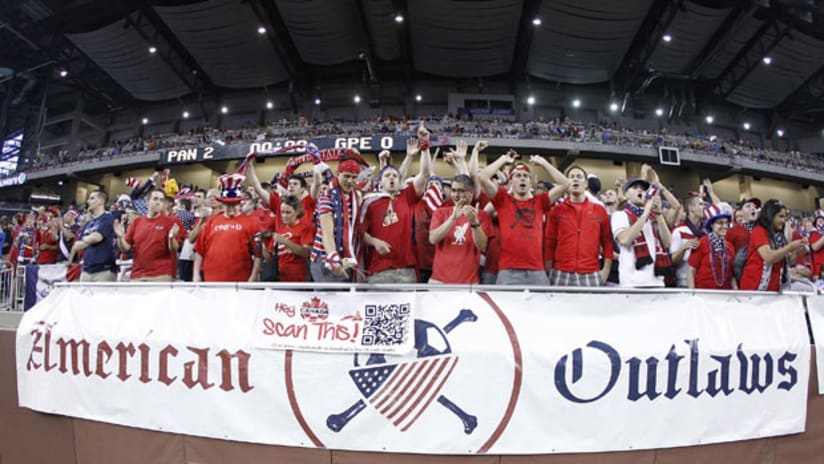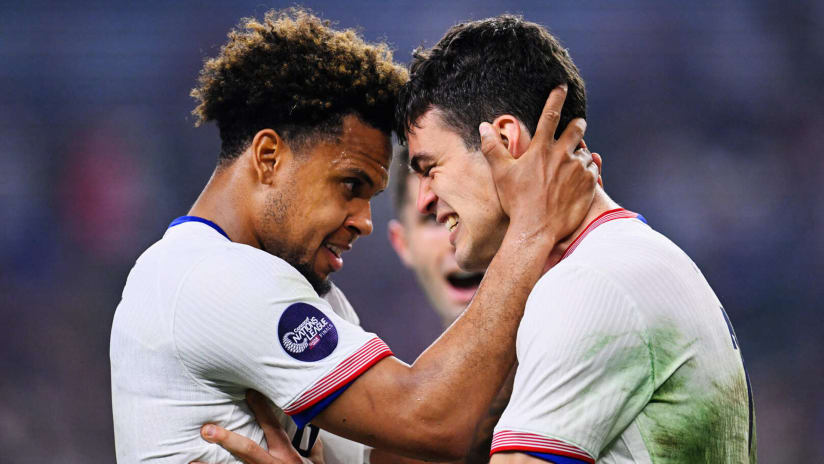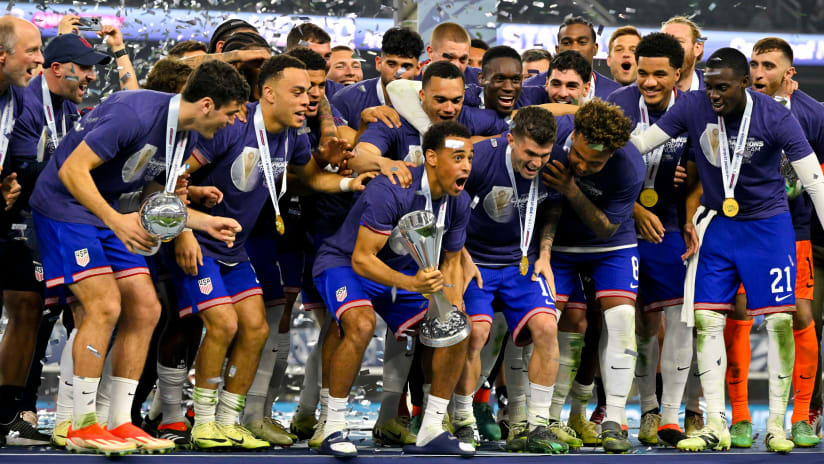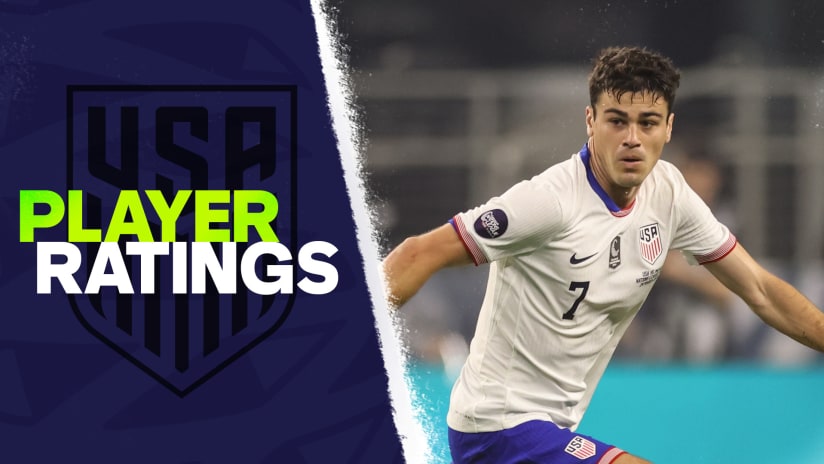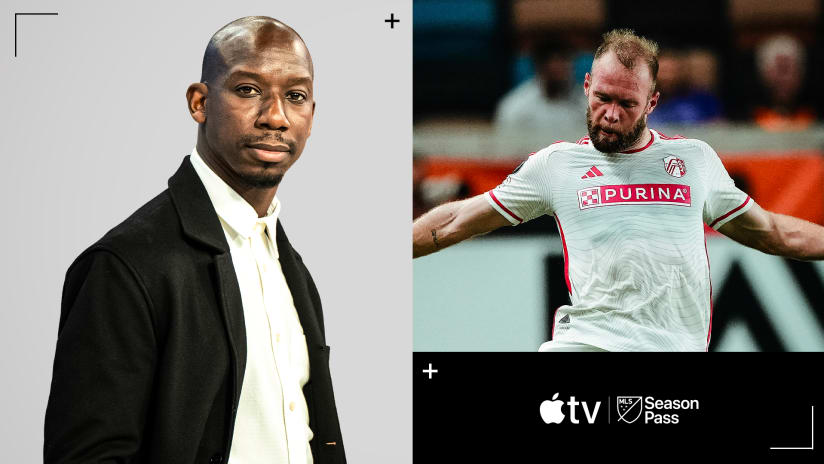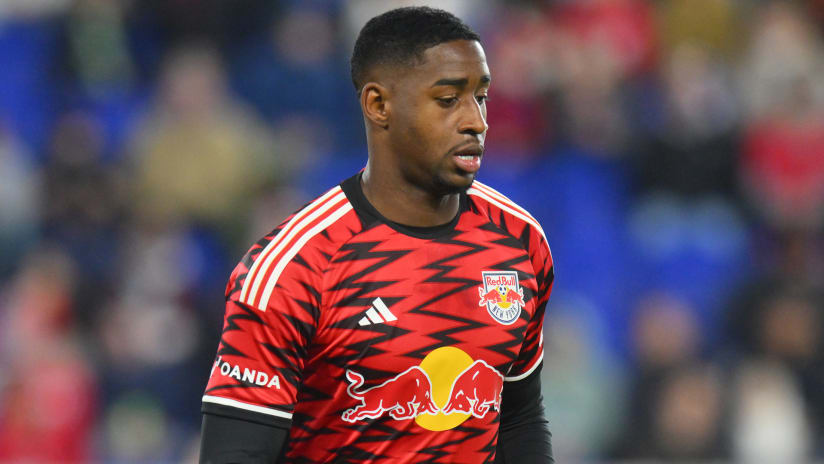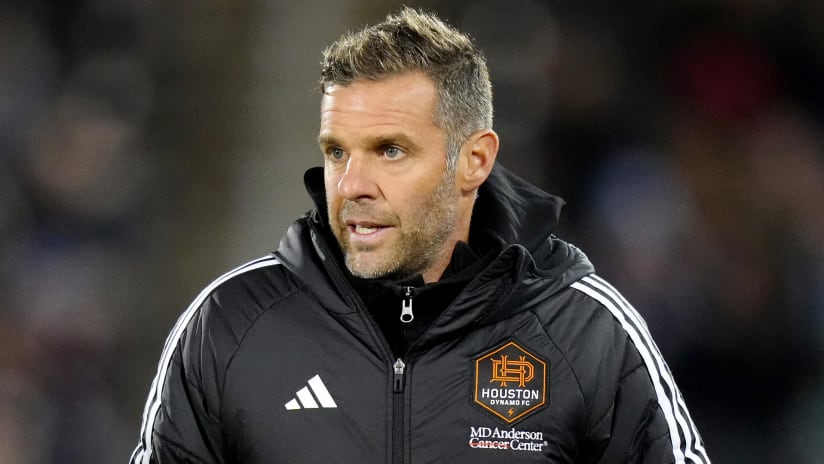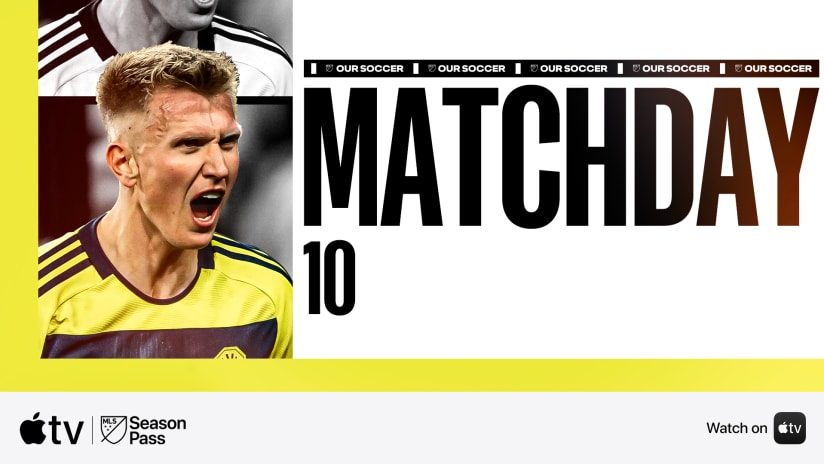It would probably be accurate to say that in the past 20 or so years, a large number of American soccer fans have taken a sip of beer in a bar while watching a US game, turned to another American soccer fan in a bar and said something like…
"Dude, the US fans are way outnumbered by fans from the other team. We should really try to do something about that."
To which the other fan probably responded something like, "Yeah, we should."
And then, in all likelihood, they resumed watching the game, and sipping their beer.
Well, not Justin Brunken and Korey Donahoo, a couple of friends from Lincoln, Neb., who six years ago turned their love of the US national team and their dissatisfaction with the support the team got into the American Outlaws, a supporters group that now has nearly 9,000 dues-paying members in 85 chapters across the United States.
"Well, we live in the Mecca of sports and, especially, soccer, here in Nebraska," Brunken says sarcastically. "No, actually, we were just big fans of the US national team and we spent a lot of time going to games, so we kind of hatched this idea of meeting up with other fans. There didn't seem to be much going on, at least not in a unified way."
WATCH: Top 5 American players in MLS history
Brunken and Donahoo said when they went to US games there were, basically, small groups of friends who showed up. So, while the overall numbers of fans were not terrible, there was no cohesiveness. Meanwhile, the opposition fans seemed like one merry band.
In the beginning, they spoke to members of the group known as Sam's Army, which formed in 1994 and is widely recognized as the first US national team supporters group.
"We had some ideas to try and help them get better," Brunken says. "But we never heard back, so we got something going locally. Our first trip was the US-Brazil game in Chicago in 2007. We got about 50 people on a bus, went down there, and it kind of caught on. We made it our goal, as a group, to try and do something for every game."
By "try to do something" Brunken means, something as simple as a watch party at a local bar, or something as complicated as a road trip to South Africa for the 2010 World Cup.
"We tried to communicate that all fans are welcome," says Brunken, 30, who has been to around 30 US games in four countries. "At every home game, there's going to be a 'night before' party and a tailgate. It was all about trying to unify people across a really big country. From the start, we had fun with it. We'd say, 'We're from Lincoln, Nebraska, we don't know a bar to recommend in Los Angeles, so how about someone from there help us out.' That's how we started local chapters."
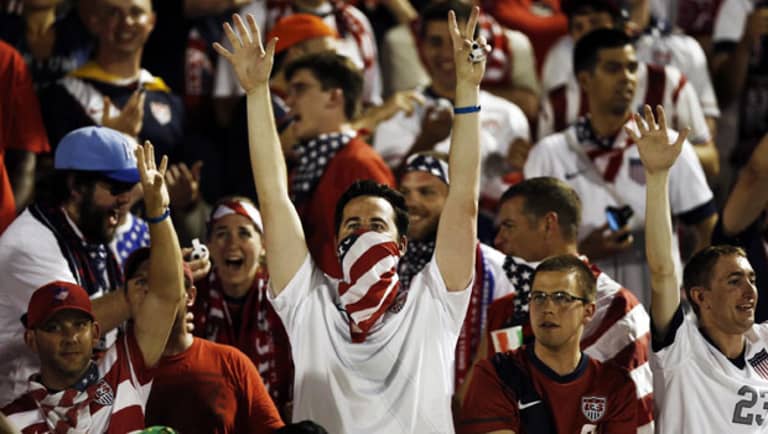
READ: US Soccer to use new ticket process for USA-MEX World Cup qualifier
The name "Outlaws" was in some ways poking fun at themselves because, in a state where University of Nebraska Cornhusker football and the College World Series fairly dominate the sports landscape, just being a soccer fan made them feel like outlaws. They decided their uniform would be a red, white and blue bandana worn across the face.
But all that is trivial. What mattered most to the Outlaws was their simple mission statement: "Unite and strengthen."
As anyone who's followed the US team since a team of college and semi-professional players made their way to Italy to play in the 1990 World Cup knows, the men's team has had a tough time rounding up enough fan support to feel it has a home-field advantage, especially when it plays CONCACAF rivals like Honduras, Costa Rica, Guatemala and, of course, Mexico.
Since the USMNT last lost a World Cup qualifier on home soil, to Honduras in 2001 at RFK Stadium in Washington, U.S. Soccer tried to place qualifiers in smaller stadiums located in places where it feels there will be home support.
GALLERY: American supporters
That's why we've seen every home qualifier against Mexico since 2000 played at Crew Stadium in Columbus, Ohio. It's why the US played Costa Rica in Commerce City, Colo., and Honduras in Sandy, Utah. When the stadiums and cities are larger, it still seems the US fans can be outnumbered. Look at the last three CONCACAF Gold Cup finals, played against Mexico in Chicago, East Rutherford and Pasadena. The US might as well have been playing across the border, so green, white and red were the crowds.
"We felt to start drawing good crowds, we needed to create something consistently," Brunken says. "Fans had to know, in every city for every game, there was going to be a meeting place. That's why it became so important for cities to establish chapters."
A glance at the Outlaws website lists the chapters alphabetically and provides the name and address of the bar that will always host a watch party when the US plays. That's for all fans, and really, that's just the beginning. For folks who want to become members of the Outlaws and hit the road with the national team, there are travel discounts. U.S. Soccer helps the group by designating a supporter section for home games and working with local officials to help the supporters bring in items that are normally banned from some stadiums, such as flags, banners, and large tifos.
"We value their dedication and passion, and want to tap into their ideas on how to create a better environment at our matches, as long as they are within reason," explains Neil Buethe, senior manager of communications for U.S. Soccer. "Over the past few years, it’s been fantastic to see the growth of their community."
FOLLOW: American Outlaws on Twitter
"For the first games we did, there wasn't much structure," Brunken recalls. "We were operating out of Lincoln and some games, we'd only have 20 people show up. But we thought we had a good idea. We didn't really care how fast it grew, really. What we were trying to do was help people who wanted to attend the games. No one knew who we were and that was fine because we weren't really looking to get noticed."
But that started to change.
"It grew slowly every single year," Brunken said. "And then in the 2010 World Cup, when people started to notice what we had done during qualifiers, we grew exponentially. Now, honestly, when the US plays a home match, we are having a tough time finding a bar that can host our night-before party. We know thousands could show up. At the games, we've had to cut off sales because the section can't hold everyone."
GET MORE:MLSsoccer.com's Supporters Week
The ultimate goal now, Brunken said, is to see the size of the supporters section grow in such a way that the US can play in big stadiums against big rivals and feel the love.
The talk in the bar has started to change. With the huge pro-US crowd the national team had for its game with Panama in Seattle, the challenge now is to see the US play Mexico, maybe in a Gold Cup final, and see more than half the crowd waving American flags. Brunken and the Outlaws believe they can change that.
"We're not there yet," Brunken said. "But if we do get there, it will be amazing."

